German High-Speed Bomber Messerschmitt Me 210 of World War II.
History, development, service, specifications, pictures and 3D model.
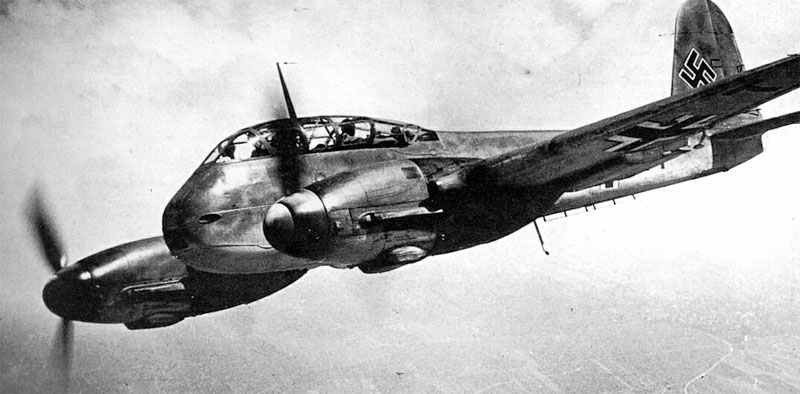
Messerschnmitt Me 210
Table of Contents
Messerschnmitt Me 210
Type: High-speed bomber, attack and reconnaissance aircraft.
The Messerschmitt Me 210 was a German heavy fighter and ground-attack aircraft designed during World War II. It was intended to replace the Bf 110 in heavy fighter and reconnaissance roles. However, the Me 210 suffered from significant design flaws and never achieved the success that was hoped for.
Overview
Development: The Me 210 was designed in response to a 1937 Luftwaffe requirement for a new twin-engine heavy fighter.
Design issues: The aircraft suffered from severe instability and handling problems, which led to numerous accidents during testing and operational service.
Variants: Several variants were developed to address the Me 210’s issues, including the Me 210C and Me 210D, but none were able to fully resolve the problems.
Production: Despite its flaws, over 350 Me 210s were produced, with many being converted to the improved Me 410 design.
Operational history: The Me 210 saw limited service in various roles, including heavy fighter, reconnaissance, and ground-attack missions on the Eastern Front and in defense of the Reich.
Successor: The Messerschmitt Me 410 Hornisse (Hornet) was developed to address the Me 210’s shortcomings and proved to be a more successful design.
Overall, the Me 210 was a disappointing aircraft that failed to live up to its potential due to significant design flaws. Its development and production diverted valuable resources from other projects that could have been more beneficial to the German war effort.
History
The Me 210 had been supposed to be the successor to the Me 110 Zerstörer; in fact, it turned out to be a terrible disappointment. RLM authorization of the type in mid-1938 was associated with a plan for One thousand manufacturing planes, however straight from the initial trial flight on 5 September 1939 by the twin-finned Me 210 V1 the difficulties started. The plane displayed noticeable instability during flight, and efforts to fix this ended in a large-area single fin and rudder becoming exchanged on the V1 and subsequent prototypes. A pair of early manufacturing types were requested: the Me 210 A-1 Zerstörer (‘destroyer’; heavy fighter) and A-2 high-speed bomber, both equally with DB 601F power plants. The A-1 was equipped with a pair of 20 mm MG 151 guns and 2 x 7.92-mm MG 17 machine-guns arranged within the nose, along with a 13-mm MG 131 rearward-firing machine-gun inside a remotely controlled, electrically operated barbette on every side of the mid-fuselage. The A-2, furthermore, had an internal bomb bay for as many as 1,000 kg (2,205 lb) of bombs.
Nevertheless, regardless of the use through 1940-41 for development and service trials of virtually no less than 16 prototypes, 8 of the Ninety four pre-production Me 210 A-0s, as well as Thirteen manufacturing A-1s, certainly not the majority of the Me 210’s unsuitable handling characteristics had been removed before, at the beginning of 1942, all manufacturing had been ceased and that of the Bf 110 was raised.
It had been afterwards started again for a short time, however the ultimate overall manufactured in Germany was just 352, however the Me 210 C-series planes had been additionally manufactured under license in Hungary.
In Hungarian service the Me 210 C did efficiently and were well liked. The Duna works produced 267 planes prior to shifting to the Bf 109 G in March 1944, and the Hungarians employed the fast Me 210 intensively on the Russian Front.
Specified Me 210 C-1 these were commonly the same as the A models but with DB 605B power plants and much better handling qualities as a result of the development of a refurbished, deeper rear fuselage as well as automatic leading edge slots on the outer wings. These improvements had been after that implemented retrospectively to a few already present Me 210A-1s, which in August 1942 started to be operational with 16./KG 6 in The low countries and later on with III./ZG I in Sicily as well as other units in the Mediterranean region.
While in the look for an Me 210 alternative, the RLM by-passed the extended-span, pressurized Me 310 in preference of the better simple and easy Me 410 Hornisse. This embodied the key wing and fuselage developments of the later Me 210C and, {with a|by using the DB 603A power plants, the Me 410 V1 flew for the very first time in the fall of 1942. In the subsequent January the Luftwaffe authorized its initial Me 410 A-1s; units of KG 2 were in action with the Hornisse as high-speed bomber from spring 1943. The two-seater Me 410 had a maximum speed of 615 km/h. The flying weight was 11,204 kg including a 1,000 kg bomb load loaded in the bomb bay. Up to the end of 1943, 457 Me 410 As had been manufactured by the Augsburg plant, and the model to some extent succeeded the Do 217 E bombers in the Kampfgeschwader.
Users: Germany, Hungary (license-production).
Animated 3D model Messerschmitt Me 210
Specifications Messerschmitt Me 210 Ca-1
Specifications:
Me 210 Ca-1 | Specification |
|---|---|
Type | High-speed bomber |
Power plant | two Daimler-Benz DB 605B engines with c. 1,475 hp |
Accommodation | 2 |
Wing span | 53 ft 7.3 in (16.34 m) |
Length overall | 41 ft 2.5 in (12.56 m) |
Height overall | 17 ft 1.0 in 5.21 m) |
Wing area | 389.65 sq.ft (36,20 m²) |
Weight empty | 15,586 lb (7.070 kg) |
Weight maximum loaded | 21,396 lb (9.705 kg) |
Max wing loading | 54.91 lb/sq.ft (268,09 kg/m²) |
Max power loading (A-1) | 7.92 lb/hp (3.59 kg/hp) |
Max level speed | c.360 mph at 17,815 ft (c.580 km/hr at 5,430 m) |
Cruising speed | ? |
Iinitial climb | 2,133 ft/min (650 m/min) |
Climb rate (A-1) | 12.4 min to 19,685 ft (12.4 min to 5,430 m) |
Service ceiling | 29,200 ft (10,000 m) |
Range | 1,491 miles with full bomb load (2,400 km) |
Range maximum | ? |
Combat radius | ? |
Armament:
Me 210 Ca-1 | Specification |
|---|---|
fixed to front | 2 x 20-mm MG 151/20 (720 rpm; velocity 1,920 ft.sec) and 2 x 7.92-mm MG 17 (1,200 rpm; velocity 2,477 ft.sec) |
rear | 2 x remotely-controlled powered barbettes on sides of fuselage each housing one 13-mm MG 131 (930 rpm; velocity 2,461 ft.sec) |
bomb load | internal weapon bay housing two 1,102 lb bombs (total 2,204 lb) |
Service statistics:
Me 210 | figures |
|---|---|
First flight (Me 210V-1) | 2 September 1939 |
Pre-Production (Me 210 A-0) | April 1941 |
Service delivery | August 1942 |
Final delivery (C-1) | March 1944 (Hungary) |
Unit cost | ? |
Total production figure (all) | 619 (352 in Germany, 267 in Hungary) |
Accepted by Luftwaffe 1/39-12/44 (all versions) | 382 (including some build in Hungary) |
Production 1939 | - |
Production 1940 | - |
Production 1941 (only in Germany) | 92 |
Production 1942 (only in Germany) | 93 |
Production 1943 (only in Germany) | 89 |
Production 1944 (only in Germany) | 74 |
Production 1945 | - |
Me 210 's in First Line Units 1.9.39 | - |
Me 210 's in First Line Units 20.9.42 | 5 |
Me 210 's in First Line Units 31.12.42 | 15 |
Me 210 's in First Line Units 10.1.45 | - |
References and literature
German Aircraft of World War 2 in Colour (Kenneth Munson)
Warplanes of the Luftwaffe (David Donald)
The Luftwaffe Album, Bomber and Fighter Aircraft of the German Air Force 1933-1945 (Joachim Dressel, Manfred Griehl)
Luftwaffe Handbook (Dr Alfred Price)
Me 210/410 (Edward Kocent-Zielinski)
Messerschmitt Bf 110, Me 210, Me 410 (Heinz Mankau & Peter Petrick)
Zerstörer Me 210 – Entwicklung und Einsatz (H.-P. Dabrowski, P. Petrick)
Messerschmitt Bf 110, Me 210, Me 410 (Heinz Mankau & Peter Petrick)


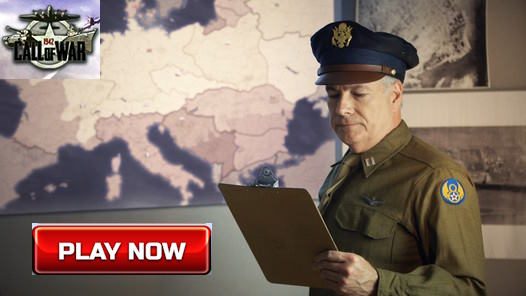


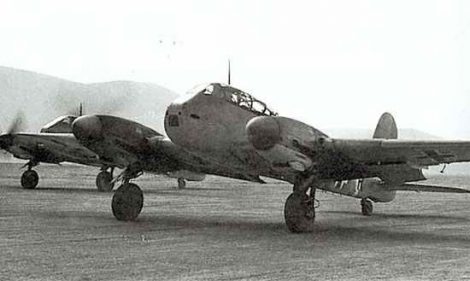
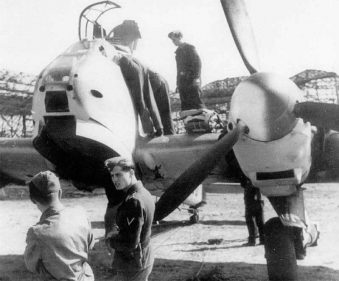
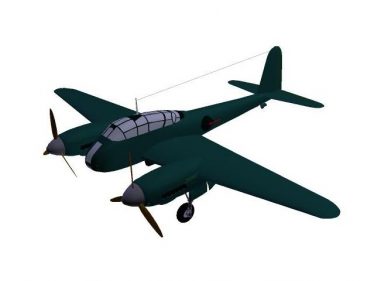
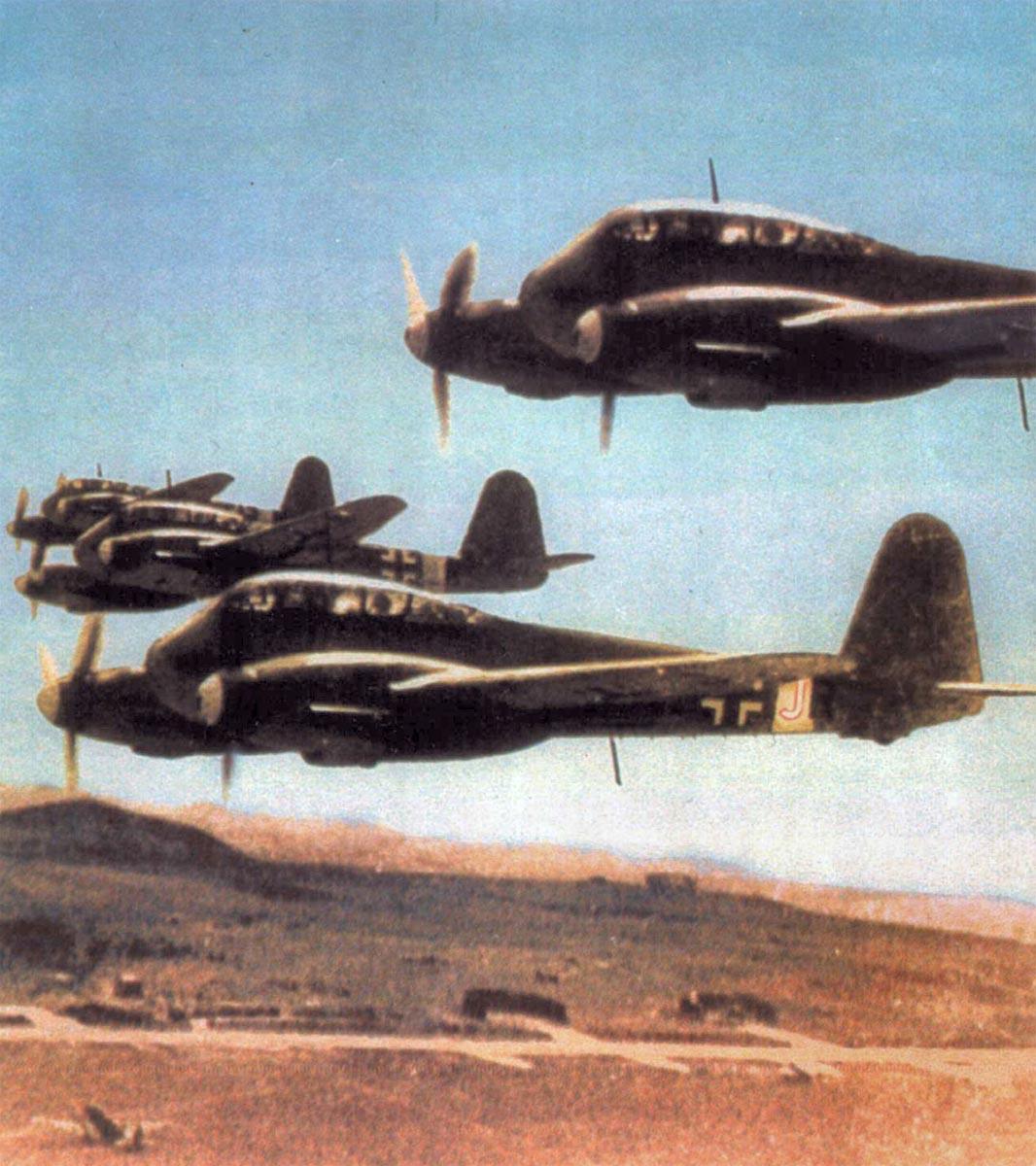




Sadly, German industry just couldn’t build piston aircraft engines to match the supercharged Allied tech. German military aircraft engine technology had fallen behind in the the 1920s due to Versailles (US fighter engines also lagged the British). In the East they just didn’t have enough aircraft as so many squadrons were pulled into home defense. hitler failed to push jet aircraft until it was too late, no doubt due to Goering’s failure and inattention.
By 1941, The Luftwaffe was fighting on three fronts and it was quickly overwhelmed since Goering failed to demand more resources, and to make it clear that the war would be decided by airpower.
In the biography of FW Milch: “The Rise and Fall of the Luftwaffe”, we learn that all Luftwaffe attack planes and bombers developed during the war were required to dive bomb. Even the heavy and weird He-177! The success of the Ju-87 resulted in RLM requirements that all bombers be built for dive bombing. Huhh? The leadership of Goering was disastrous, for example, the tragic failure of Hans Jeschonnek. In trusting in Goering to run the Luftwaffe, hitler doomed his own war effort. Too bad the brilliant Gen Wever was lost in 1936.